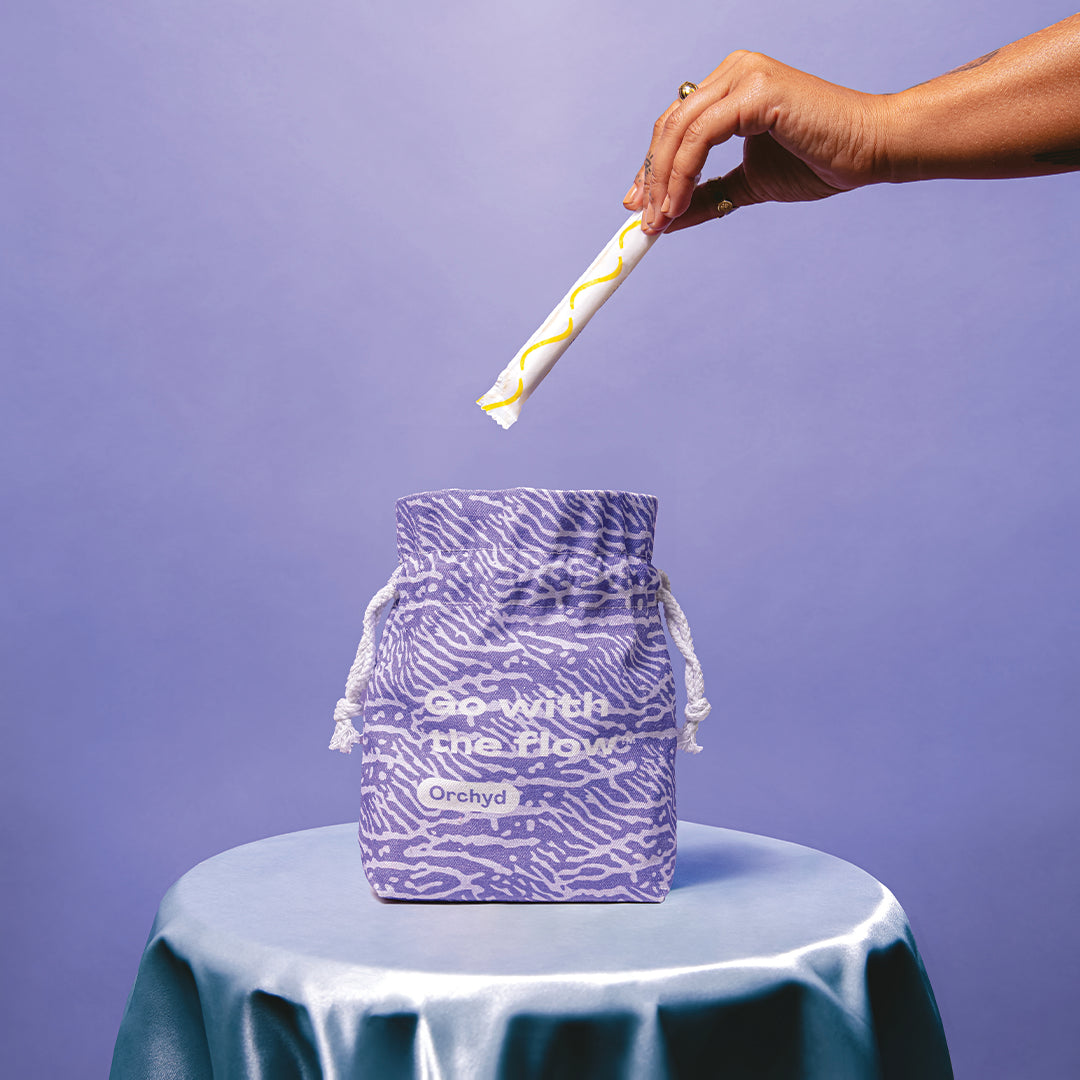 According to the National Center for Health Research, U.S. women spend on average $3 billion per year on menstrual products. But with a lack of regulations and a history of dangerous chemical use, we may not know what the health risks of this multi-billion dollar industry’s products really are.
According to the National Center for Health Research, U.S. women spend on average $3 billion per year on menstrual products. But with a lack of regulations and a history of dangerous chemical use, we may not know what the health risks of this multi-billion dollar industry’s products really are.
There are toxins present in our cleaning products, food, beauty products, and more—it is unfortunately almost impossible to avoid. But when it comes to menstrual products, our lack of information is the real danger. Because the vaginal walls are so permeable, any chemicals present in these products are likely to enter the bloodstream.
The FDA considers menstrual products a “medical device,” meaning that companies are encouraged but not required to disclose any ingredients. The FDA “recommends” that brands identify the bleaching process—either Elemental Chlorine-Free (ECF) or Totally Chlorine-Free (TCF). Because the guidelines are relatively loose, brands can hide what actually goes into their products.
There are a lot of misconceptions about what exactly does go into a tampon, and what bleaching cotton actually means. According to the National Center for Health Research, bleaching wood pulp resulted in traces of dioxin in tampons until the late 1990s, when companies started using a chlorine-free bleaching process. However, even in 100% cotton tampons, traces of dioxin are still found in tampons.
“The EPA states that, due to decades of pollution, dioxin can be found in the air, water, and ground; thus, small amounts of dioxin may be present in the cotton or wood pulp raw materials used to make tampons,” says the National Center for Health Research.
“Although the FDA currently requires tampon manufacturers to monitor dioxin levels in their finished products, the results are not available to the public.”
The problem with this, according to Dr. Maggie Ney, co-director of the Women’s Clinic at the Akasha Center in California, as explained to Goop, is that although there are just trace amounts of dioxin in a single tampon, the risk is that “We are not talking about a single tampon exposure. We are talking about thousands of tampons.”
Dioxin can accumulate in the body over time, meaning that repeated exposure has the potential for real damage. Dr. Ney believes that tampon companies underestimate the long-term effects of dioxin exposure. High levels of dioxin exposure can potentially lead to infertility, endometriosis, and increased risk of pelvic inflammatory disease.
Another more well-known risk of chemical exposure through tampon use is Toxic Shock Syndrome (TSS). TSS is caused by high-absorbency tampons that contain synthetic ingredients that increase the production of the TSS toxin. Over the years, the risk of TSS has decreased since manufacturers have stopped using polyester, carboxymethylcellulose, and polyacrylate rayon. But viscose rayon is still regularly used in production and is linked to TSS. The FDA does require companies to list the risks of TSS along with a recommended number of hours for each tampon use to decrease the risk of TSS.
The massive menstrual product industry is facing pushback in Congress recently, mostly thanks to Rep. Grace Meng (D-NY), also nicknamed “the period lady.” Meng introduced the Menstrual Products Right to Know Act of 2019 (H.R. 2268), which would require “menstrual products, such as menstrual cups, menstrual pads, tampons, and therapeutic vaginal douche apparatuses, to include a list of ingredients on the label,” according to Congress.gov. This act is the second iteration of Meng’s 2017 bill by the same name, and neither bill has passed the introduction phase yet. Even so, this bill’s introduction is already a historic achievement and one that could lead to positive change in the industry.
We would all drive ourselves crazy if we thought of all of the potentially harmful chemicals we might be exposed to every day. But that doesn’t mean that we shouldn’t demand better from an industry that plays such a big role in women’s health. The most important thing is to stay informed, buy from brands that put your health first, and advocate for equity.


